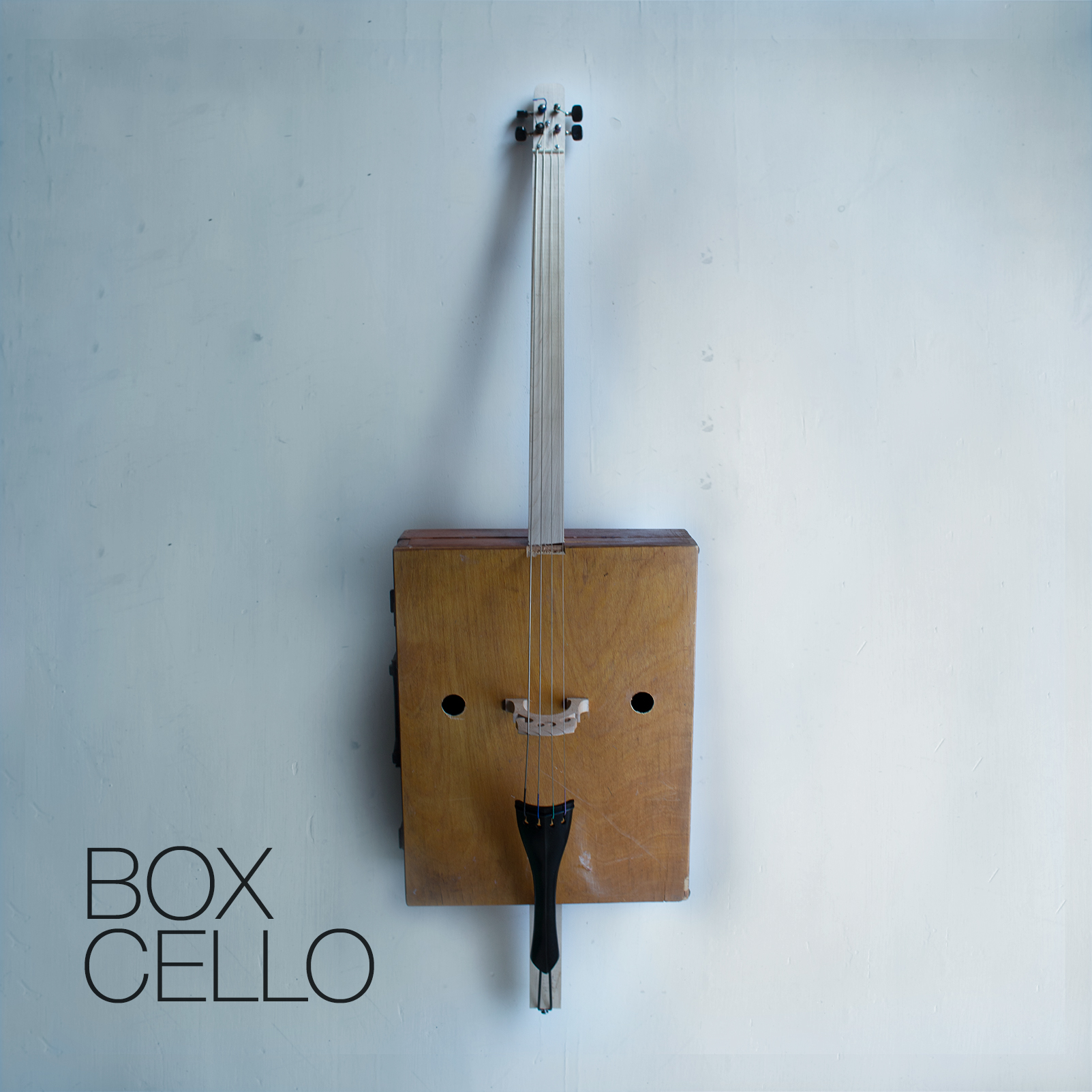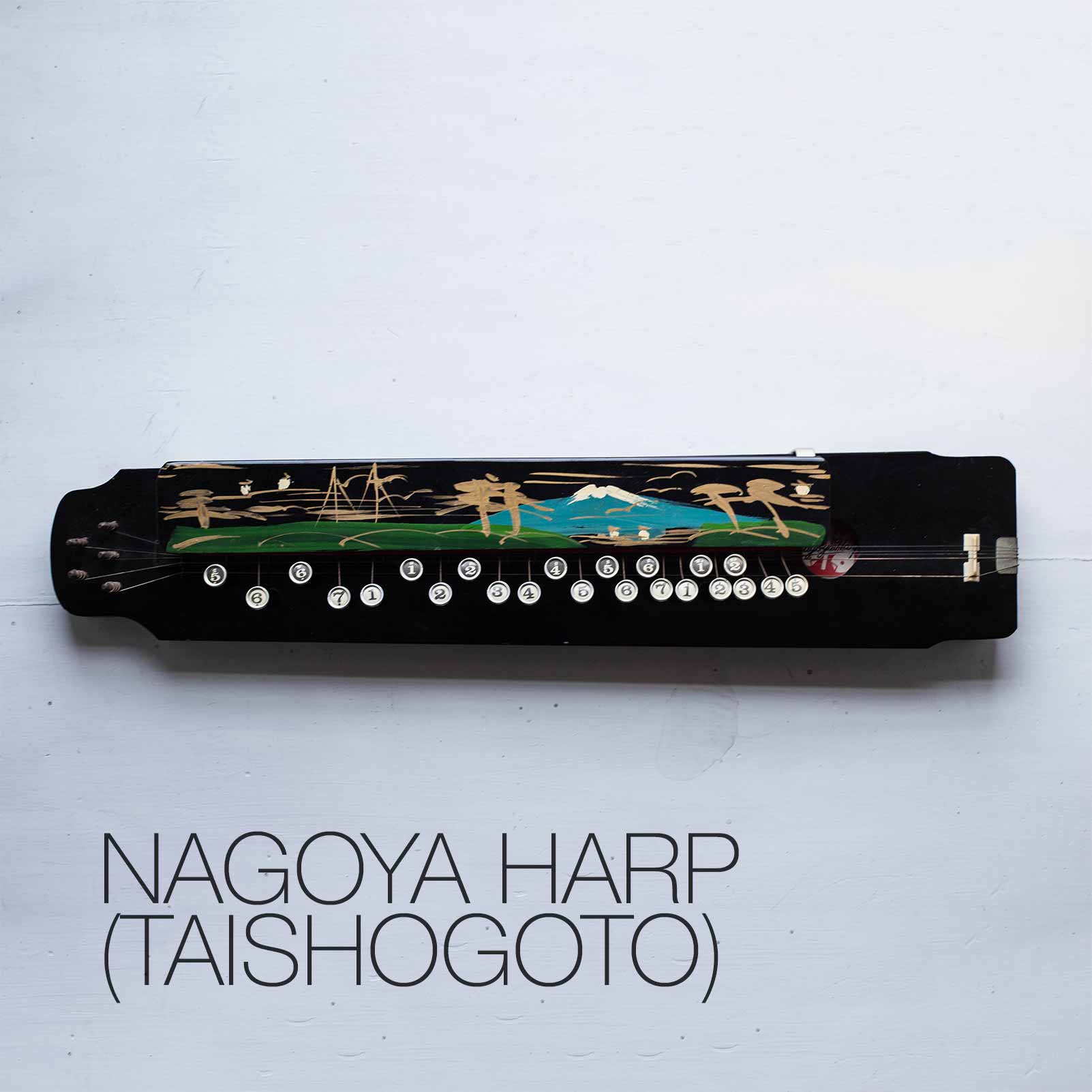Analog Coast is a virtual analog synth built expressly for use in retrowave / synthwave tracks. We’ve gone out of our way to fine-tune the oscillators, chorus, and filters to work well for that sound.
Category: Product Releases
New Kontakt sample library: Indie Guitar!
This Fender Jazzmaster is without a doubt my favorite electric guitar. And this Music Man Sixty-Five tube amp is my favorite guitar amp. For the past ten years, I’ve used this combination on countless rock songs, film cues, and instrumental pieces. And now – finally – this versatile combo has been sampled and turned into a Kontakt instrument. Requires the full version of Kontakt 5.3.1 or later.
Buy it here: https://www.decentsamples.com/product/indie-guitar-kontakt/
Presenting the “Metal Cups” Kontakt/SFZ Instrument
Buy it here
New sample library: Melodica!
The melodica is a free-reed instrument that became popular in the 1950s. We’ve sampled it twice and turned it into a Kontakt instrument.
Buy it here: https://www.decentsamples.com/product/melodica-kontakt/
Features:
- Compatible with the full version of Native Instruments Kontakt 5.3.1 (or later)
- Two sample sets: Melodica I (4 round robins, 2 velocity layers) and Melodica II (4 round robins, 1 velocity layer)
- Voice controls allow you to choose between 1, 2, and 4 voices simutaneously
- ADSR controls
- EQ controls
- Custom convolution reverb with reverb level knob
- Chorus level knob
- Two versions of each instrument are included: 1) velocity controls dynamics; and 2) modwheel controls dynamics.
- Sample rate: 24-bit 48khz
- Library size: 148MB
Present in the Box Cello Kontakt Library

In December 2018, Dave Hilowitz built a fully playable cello out of an old silverware box. We spent the month of January sampling the instrument and have no turned it into a feature-packed Kontakt library. Introductory price: $20!
Buy it here: https://www.decentsamples.com/product/box-cello-kontakt/
Features:
- Three articulations: sustain (both velocity and modwheel), spiccato and pizzicato
- Up to 8 round robins per note, 2 velocity layers for a maximum total of 16 different samples per note!
- ADSR controls on all patches (except spiccato)
- EQ controls on all patches
- Recorded with three different mics (including a piezo contact mic). Mic levels are controllable after the fact to give maximum sonic flexibility
- Three experimental patches: Texture I, Open Strings, Open Strings (Ensemble)
- Requires the full version of Kontakt 5.3.1 or later.
- Library size: 1.03GB (each articulation is separate patch so you can easily get rid of articulations you don’t need if you find yourself short on disk space)
Presenting the new Nagoya Harp (Taishogoto) Kontakt Library

We’ve sampled a new instrument: Japanese Nagoya Harp (Taishogoto)!
It’s $10 for a limited time.
Buy it here
Presenting the Weber 1929 Baby Grand Piano for Kontakt
Hi!
So my mother is a pianist, and all through my childhood, my family owned this baby grand piano–it was made by Weber in 1929. It had been in our family since the 1950s. Last year, my mom had to move, and the new place she was moving to didn’t have enough room for the piano. She offered it to me, but I didn’t have space for it either. So after a lot of stress and lost sleep, she finally decided to give it away. (By the way, she now has a nice, space efficient digital piano in her new place so she’s not without an instrument.)
Anyway, before she gave the baby grand away, I decided to sample it so that she and I would have a record of what it sounded like. And that is what I’m releasing today.
Let’s take a look at the UI. As Kontakt instrument go, it’s pretty straightforward:

At the top, there’s an option to turn on stereo doubling. This causes two samples to played at the same time.
The width knob controls the panning of the two samples. If it’s turned all the way down, the two samples are both in the middle.
If it’s turned all the way up, the samples are hard panned to the left and to the right.
The REVERB knob controls the reverb, of course. The convolution reverb that comes bundled with was specifically picked to go with these piano samples.
Next, there’s a filter cutoff knob. This basically controls the how much treble the soft notes get. If you turn it up, even the soft notes get a lot of treble. If you want it to sound like a soft piano, you’ll want to keep this knob panned to the left.
And finally, we’ve got our standard ADSR amplitude envelope. You probably won’t need to adjust these too much, unless you’re looked to do something really special.
OK. That’s it. I think it’s a great instrument. It has a unique, but also very ordinary sound that makes it ideally suited for cinematic piano tracks. And all for the price of a coffee…and another coffee…and possible a third coffee. Hope you like it!
Buy it here: Weber 1929 Baby Grand Piano (Kontakt)
– David Hilowitz